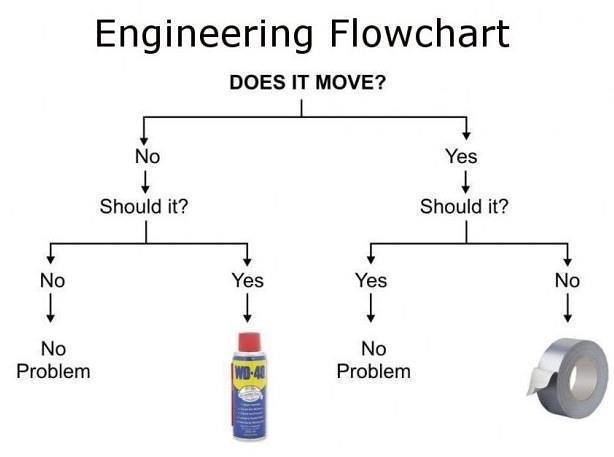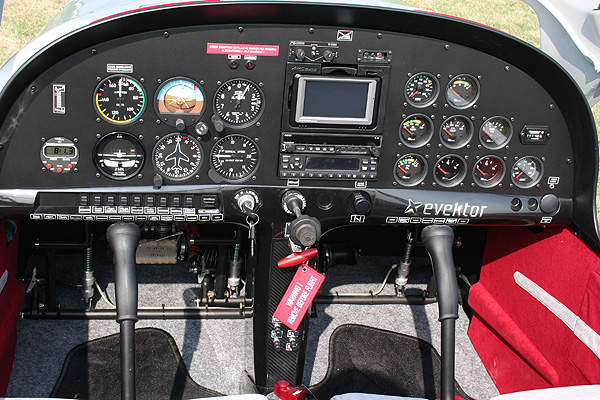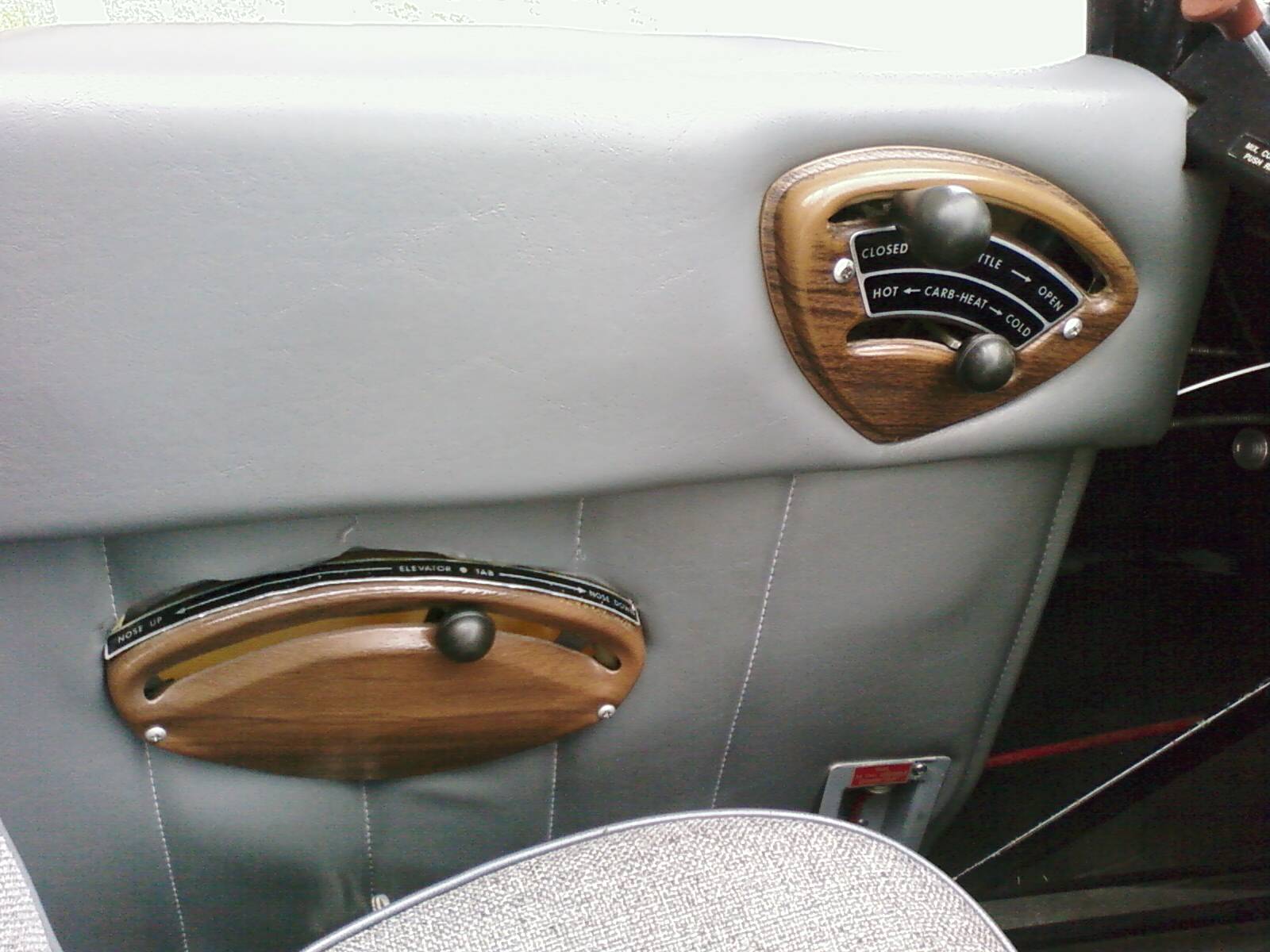I agree this is not a "sport pilot" thing, it's (probably*) a careless pilot thing, and I had the same thought.
* I doubt it's the case here, although I have no experience with this model of airplane, but you can't universally assume that you can check the fuel visually on all aircraft. Most of the airplanes I fly you can't. Anything with a long, thin tank - like a Piper Saratoga, Malibu, some twin cessnas, Baron, etc. There's no way to check the fuel visually, because there's nothing showing through the filler until it's almost full.
I also do have to wonder if there is a humans factors consideration at work here with this type of panel - each of those 6 gauges looks exactly the same, so I can see how it could be mis-read. Not making excuses for the pilot here, he definitely should have pre-flighted properly and not taken off without knowing how much fuel is onboard, but I can see how a quick glance at the wrong gauge, combined with confirmation bias, could lead to this result - you see what you expect to see. Also, the pilot is 68 - typical age-related near-vision issues, maybe?





